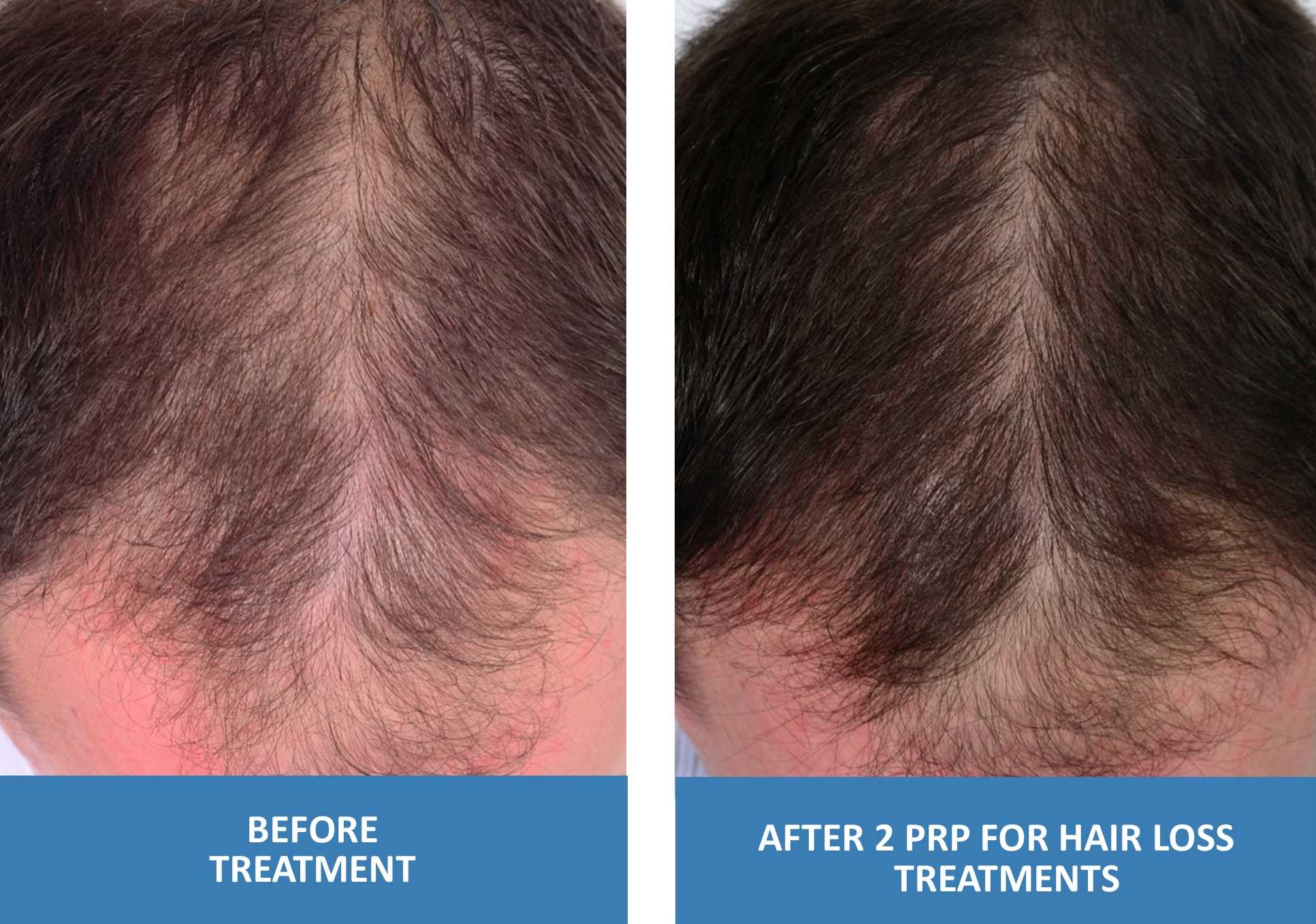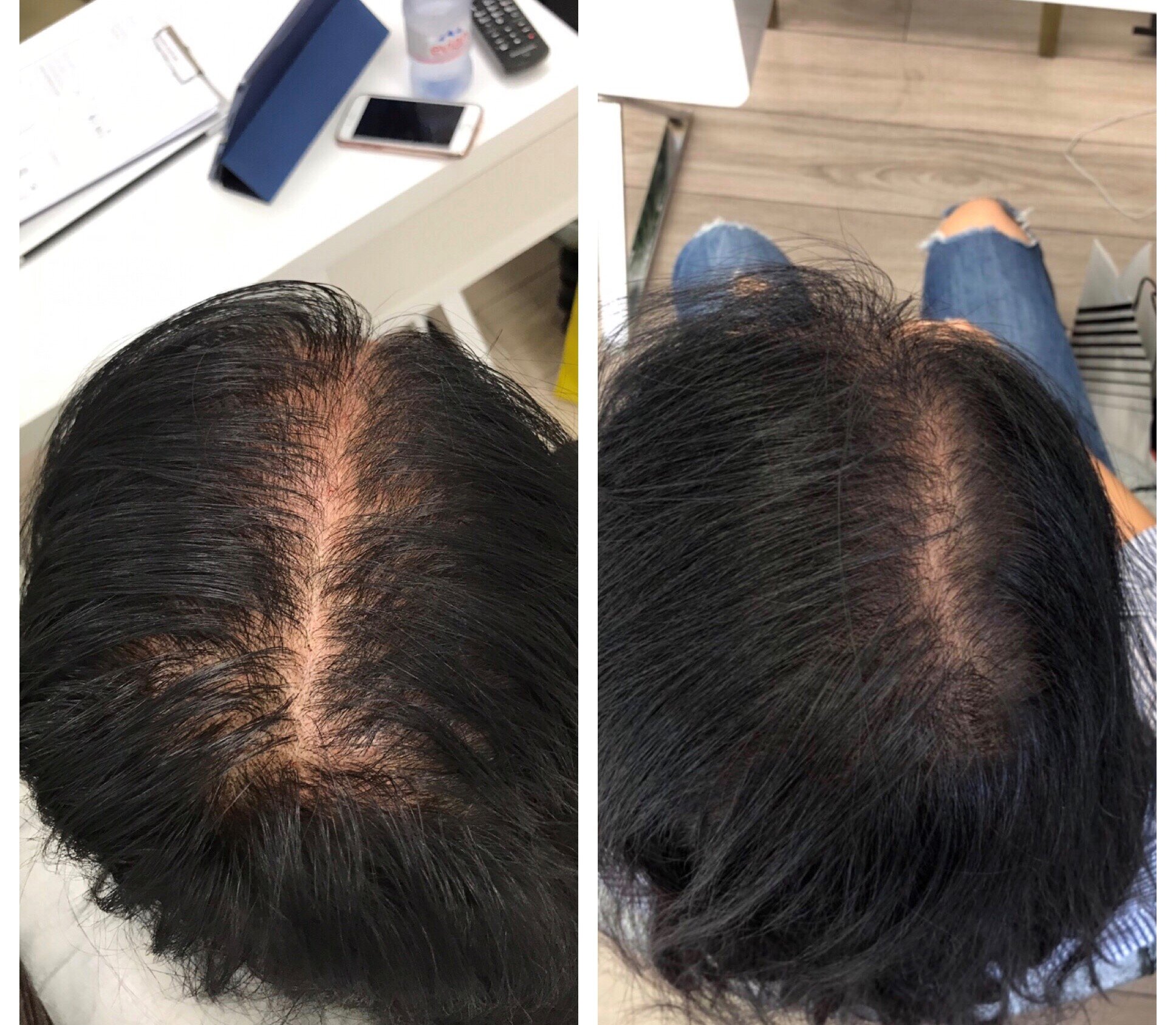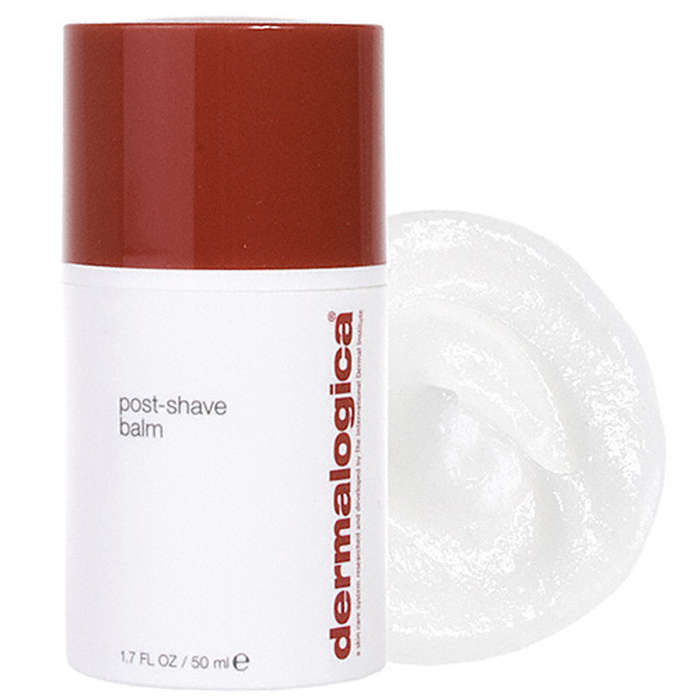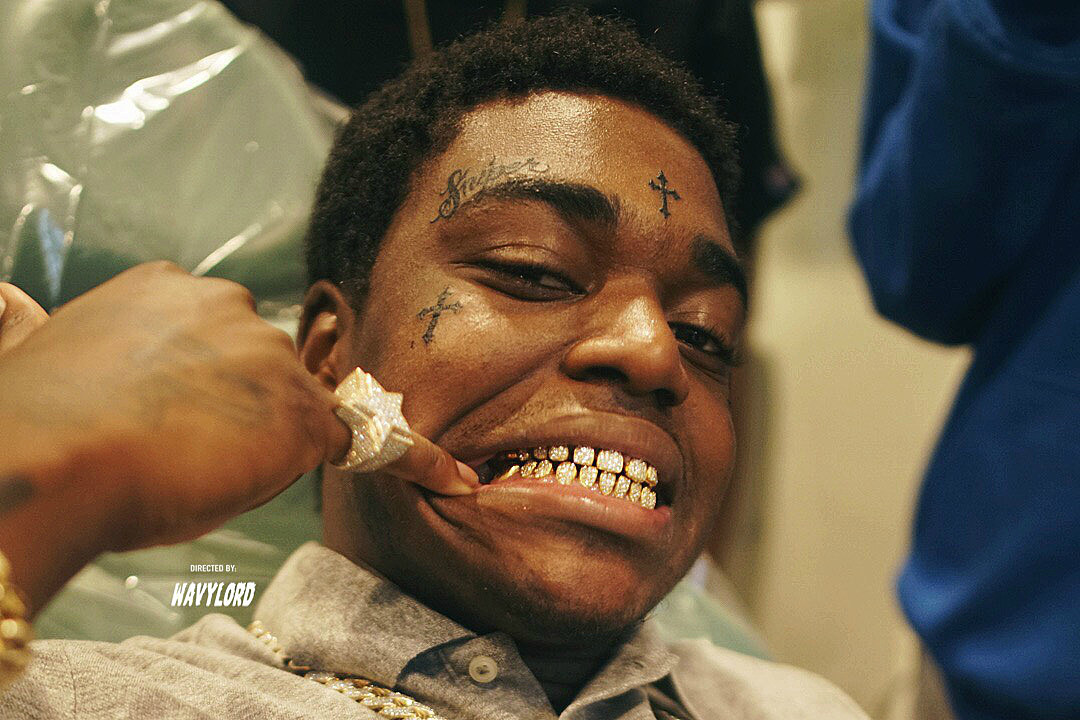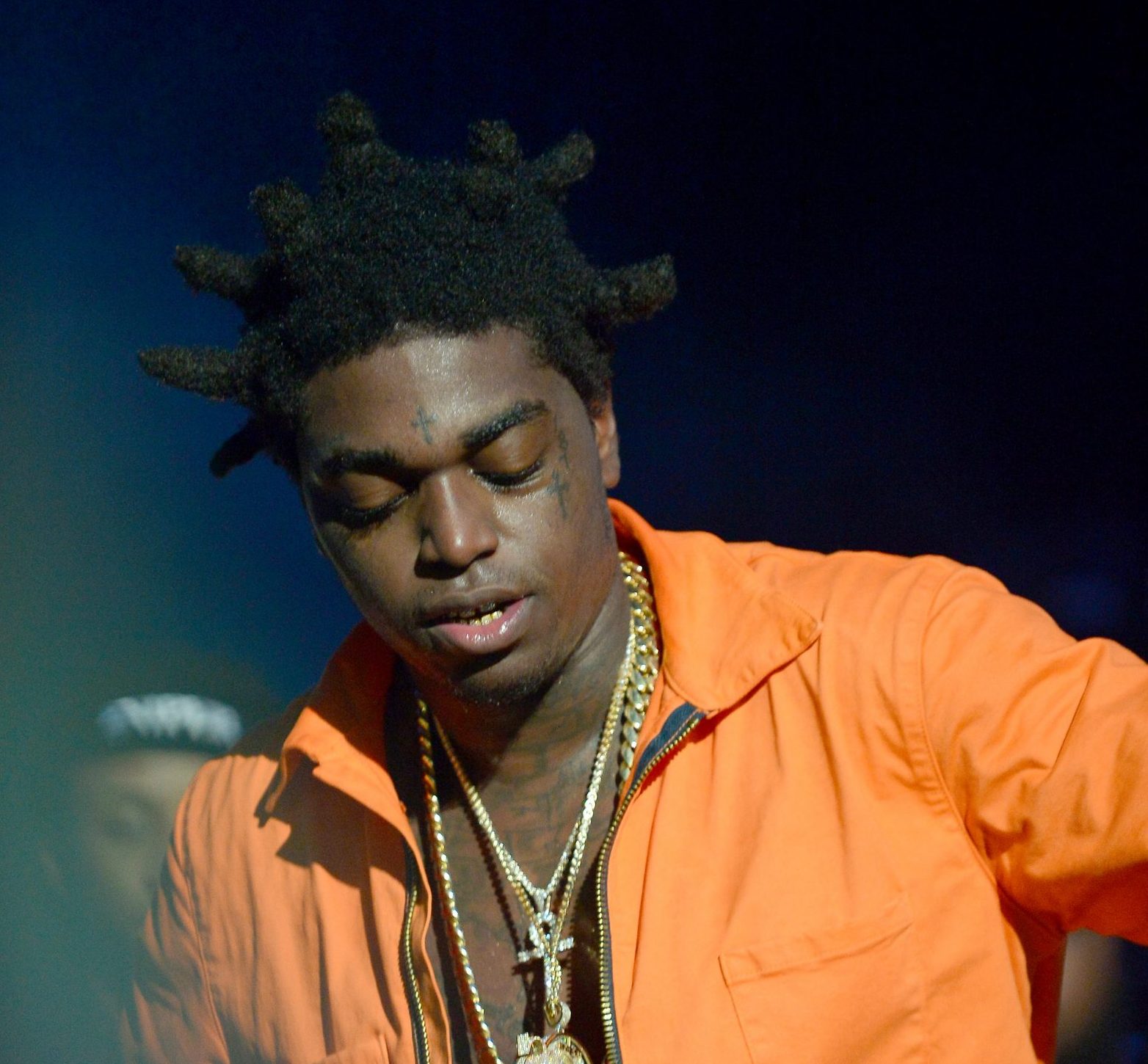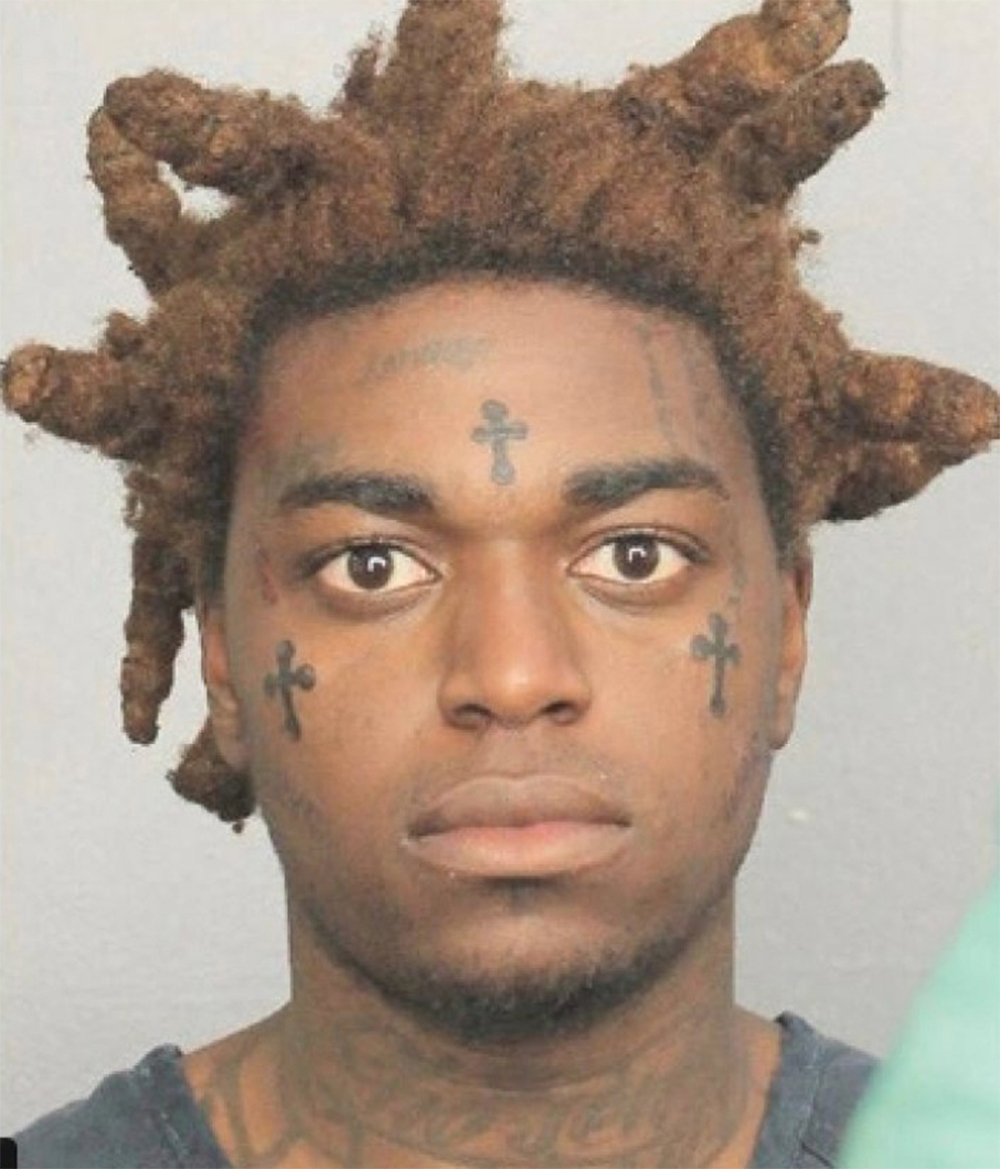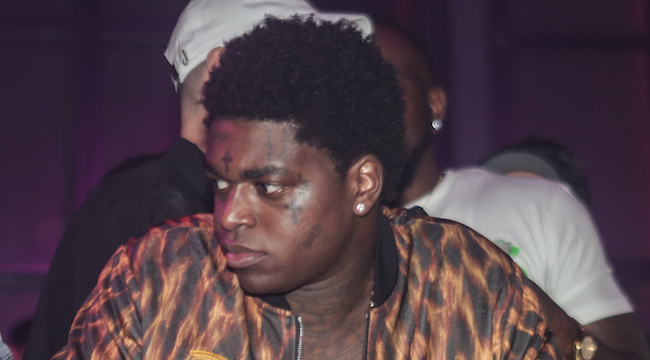Table Of Content
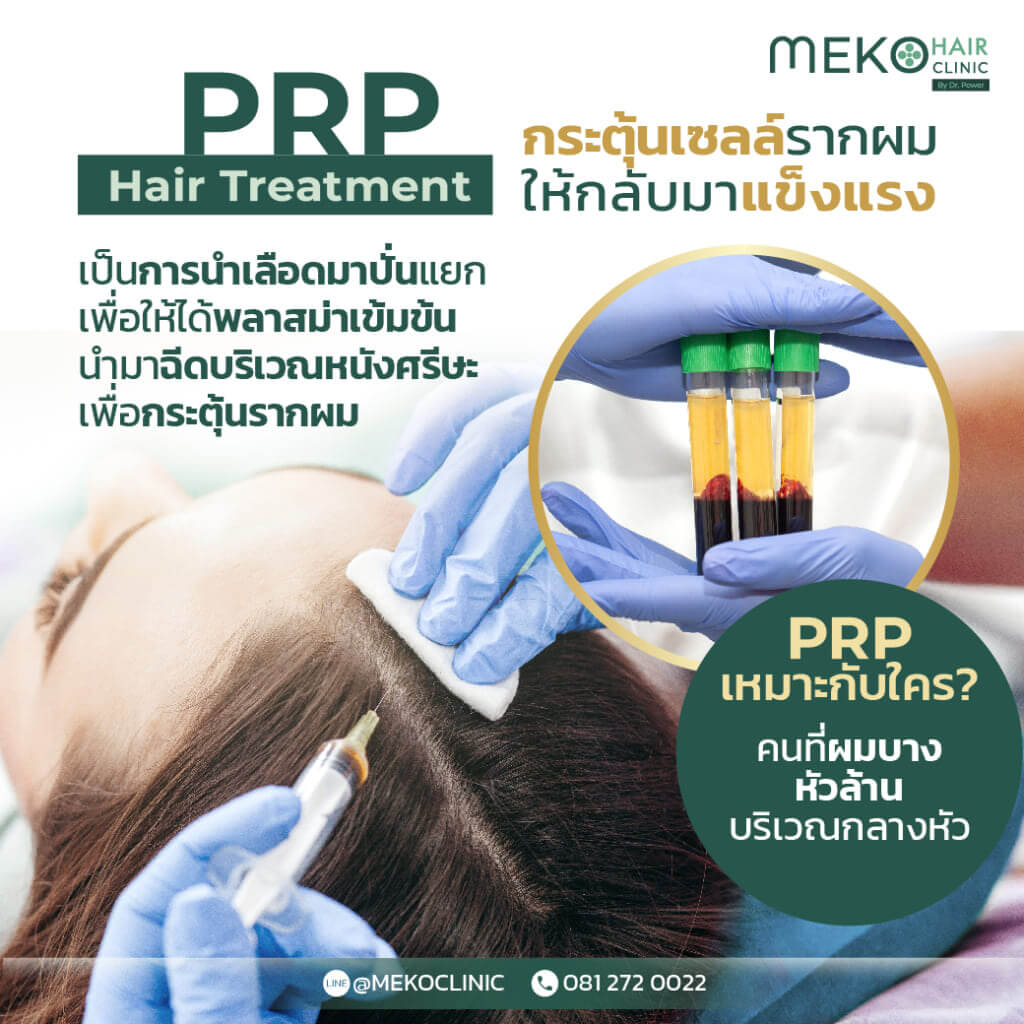
A meta-analysis published in September 2017 in the Journal of Cosmetic Dermatology also explored the effect PRP could have on increasing hair number and thickness based on current studies. The researchers found there might be a correlation, but said it was too soon to say because the studies were small and the results weren’t significant. More scientific research will have to conclude its effectiveness before it is more widely covered. AEDIT uses only high-quality sources, including peer-reviewed studies, to support the facts within our articles. Read our editorial process to learn more about how we fact-check and keep our content accurate, reliable, and trustworthy. Invasiveness is graded based on factors such as anesthesia practices, incisions, and recovery notes common to this procedure.
Other conditions that cause hair loss
Medical-grade arnica, bromelain, and Vitamin K should also be started one month before surgery. A PRP injections for hair loss procedure can cost anywhere from $400 to $3,500. The actual cost of a PRP injections for hair loss is dependent upon location, hair loss specialist, and length and involvement of the cosmetic procedure. In this article, we describe how doctors use PRP to treat hair loss and what researchers say about its effectiveness.
How Does PRP Work for Hair Loss?
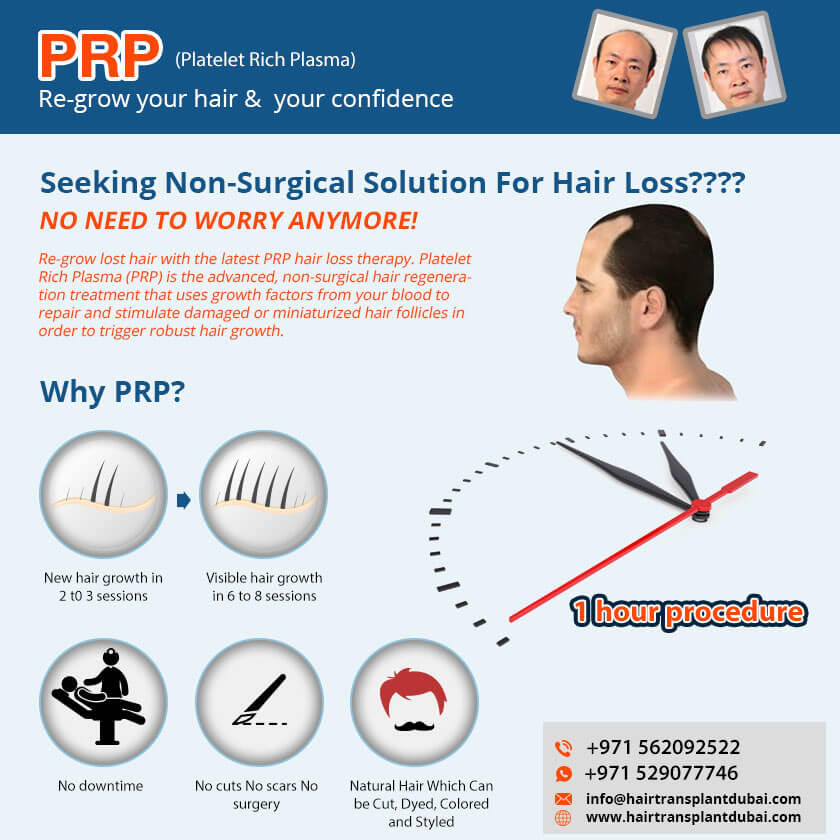
As mentioned above, any benefits noted will only be maintained if ongoing treatments are maintained. After creating platelet-rich plasma from a patient’s blood sample, that solution is injected into the target area, such as an injured knee or a tendon. In some cases, the clinician may use ultrasound to guide the injection. The idea is to increase the concentration of specific bioproteins or hormones, called growth factors, in a specific area to accelerate the healing process. Platelet-rich plasma (PRP) injections are gaining popularity for a variety of conditions, from sports injuries to hair loss.
Is there any preparation needed before having PRP for hair loss?
Generally, it is recommended to shampoo gently the morning after the procedure. You will be able to gently style your hair immediately following the procedure. Local pain and temporary swelling may occur at the sites of injection.
Reclaiming Confidence: Patients Experience Hair Restoration Breakthrough with Dr. Roya Jafari-Hassad's PRP ... - WICZ
Reclaiming Confidence: Patients Experience Hair Restoration Breakthrough with Dr. Roya Jafari-Hassad's PRP ....
Posted: Tue, 09 Apr 2024 15:57:00 GMT [source]
Before & After Images by Provider
This article discusses what to expect during PRP for hair loss, possible results, side effects, and how much it costs. It’s important to speak with a healthcare professional about PRP therapy before starting treatment. During your appointment, tell them about all the medications you’re on, including supplements and herbs. The authors concluded that the most important part of PRP is the number of platelets. According to a 2021 study, higher platelet concentrations in PRP have a more pronounced effect on hair density, hair follicle diameter, and terminal hair density. Platelets play a role in the clotting of your blood, but they also contain cytokines and proteins that promote growth, healing, and rejuvenation.
A Final Word Before You Try PRP for Hair Loss Treatment
PRP (platelet-rich plasma) for hair loss costs £475 per session or £1,275 for a set of 3 sessions. A course of treatment involves 3 sessions of PRP with one set of injections each month, over a 3 month period. Results vary from person to person, but some may see results after as few as three PRP sessions, while others may require more sessions before noticing results. Factors such as age, overall health, and the underlying cause of hair loss can influence the timeline for regrowth. The platelet-rich plasma is drawn up into a syringe and then injected into areas of the scalp that need increased hair growth.
Side effects
Doctors then inject the plasma, which helps repair blood vessels, promote cell growth and wound healing, and stimulate collagen production. About 50 million American men and 30 million women have male- or female-pattern baldness. It can begin early in life, but is much more common after the age of 50, when more than 50% of men will experience some kind of hair loss. "Much work needs to be done before a 'one-and-done' hair growth treatment is developed," she says. The International Society of Hair Restoration Surgery (ISHRS) is a global non-profit medical association and the leading authority on hair loss treatment and restoration. The substance injected is autologous, meaning it was obtained from the patient’s own body, eliminating the risk of blood or tissue borne pathogens.
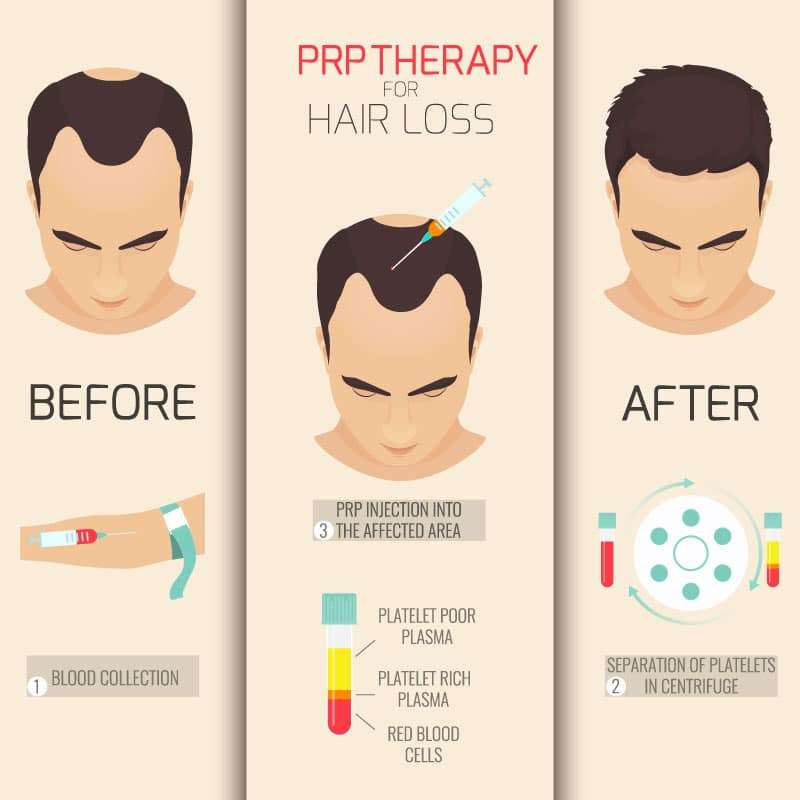
PRP Alternatives for Hair Loss: What Else Could Work?
But much of the research has been conducted on small study groups of 40 people or fewer. Hair loss can affect your self-confidence, especially when it comes to relationships. Here’s how they differ in terms of their signs and symptoms, plus their causes and treatment approaches... Your hair can be a clue to several health issues, from stress to anemia to thyroid disease. Here, learn what PRP is, who it’s best suited for, and the potential risks to be aware of.
The Skinny
Consequently, PRP may not be powerful for up-and-comers who have huge thinning up top. Our group of specialists at the New Jersey Hair Restoration Center can assist you with understanding your balding stage and decide if you are a decent contender for PRP treatment. PRP is a fundamental part of the blood that contains fundamental proteins and regenerative cells and can reestablish harmed tissues when infused. The plasma ought to be sifted through from the remainder of the blood and its parts for expanded viability. This is finished utilizing an extraordinary machine known as a rotator, secluding the PRP from the remainder of the blood.
For this reason, a person would need to receive multiple PRP treatments over time to maintain hair growth results. The same is true of medications that doctors commonly use to treat androgenetic alopecia, such as topical minoxidil (Regaine) and oral finasteride (Propecia). Doctors typically use this treatment when hair loss results from androgenetic alopecia, a common condition that causes hair follicles to shrink. You’ll get a routine blood draw, and a provider will place the blood in a centrifuge (which concentrates the platelets and the growth factors within the platelets). The PRP will be placed in a small syringe and then injected with a small needle into the areas of hair thinning (if hair loss is being treated). In areas of facial aging, PRP will be spread on your face at the time of microneedling.
Since then, PRP has become a popular method of restoring hair growth. Doctors have also used PRP to treat injuries to the tendons, muscles, and ligaments, such as those that people sustain during sporting activities. Patience and consistency with your PRP sessions are crucial to seeing changes to your hair regrowth and achieving the desired results.
Assuming the procedure is carried out in an aseptic manner, there is little risk of infection from the injections themselves, although it is not possible to sterilize the surface of the scalp. Thus, local and temporary pain at the injection sites is the principal risk. Research also suggests that PRP injections can help treat androgenic alopecia (male pattern baldness).
Your blood is also made up of platelets, white cells, and red blood cells. Although HIV transmission from contaminated blood through unsterile injection is a well-known risk, the report said this is the first documentation of probable infections involving cosmetic services. Different PRP treatment meetings are expected to see the underlying outcomes. When the outcomes show up, patients will require follow-up visits each 6 to a year to keep up with and help the impacts of the treatment. Albeit the arrangement isn’t super durable, it can offer enduring outcomes. If you have alopecia, you can help hold onto your tresses by avoiding behaviors that are known to contribute to temporary and permanent hair loss, Mirmirani says.
